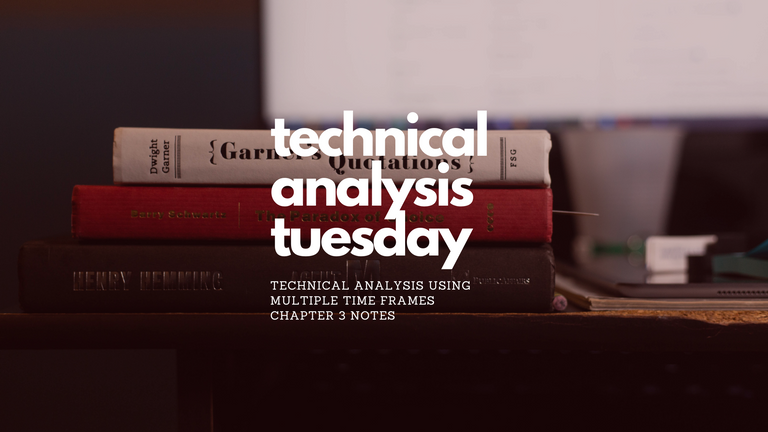
Chapter 1 | Chapter 2
In the second chapter of notes, I define the four stages of market activity, by their characteristics. The psychology of market participants, specifically their motivations, are another factor as well. Now, we explore each stage individually, beginning with accumulation.
Chapter 3
Stage 1 - Accumulation
Accumulation begins with the completion of a downtrend and is a transitional period where the once-aggressive sellers begin to ease their activities.
In short, Shannon compares this activity to the bouncing of a rubber ball. Gradually, momentum saps away and each consecutive bounce rises lower than the last. The decline ends as this stage begins.
The first stage is a period of recovery for an asset. There’s little advantage to participation here for a trend trader.

As the battle for control wages on, look out for these features to verify a real accumulation stage.
The Look
- Moving average crossovers
- Volumes slow down
To sum up, the accumulation stage seldom offers any advantage as it sits around, trendless. While the waters are calm to a trend trader, large institutions take the time to recollect large holdings of equities. The lack of excitement hushes the slow, steady acquisition of shares over time that only big businesses are capable of.
A word of caution to all, including the author jotting these quick notes. While we use the moving average as a signal for behavior, watch for the longer MA’s. A longer moving average with a negative slope cannot be trusted for rally attempts.
If the elevator descends, don’t expect it to reverse to back up to your floor. Know when to get off and more importantly, whether to get on.

When Does It End?
There are some indications the accumulation stage ends. They include the following pieces:
- higher lows
- increased trading volume
- more frequent tests of a key resistance
- flattening to rising action of the longer-term moving averages
Considering these features, next week I will highlight an asset, I believe for the above reasons left the stage of today’s notes and entered the following stage, markup.
As always, my goal is to only lower the attention inequality of those willing to read. Used to describe an interesting idea, the concept refers to an imbalance in the distribution of attention across users on social networks and people in general.
Those who already get a lot of attention, get more. Those who do not, lose even more. I cannot speak to the ambitions of others, but I know I beef up on financial lit because my family gave me that opportunity, one they didn’t have. If I learn more savvy, won’t I earn more savvy as well? At least, enough to save, despite the inflation.
I appreciate those that fight the blinding host of myriad media to humor these brief investigations.
Post Summary
- Accumulation follows a downtrend. You can tell you’re there when the moving averages are indecisive, and the volumes are slow.
- This first stage is tough to trade in, for anyone. Some signs it’s over include higher lows and increased trading volumes.
- Attention inequality means those with eyes on them, end up with more. It relates closely to another subject for another post.